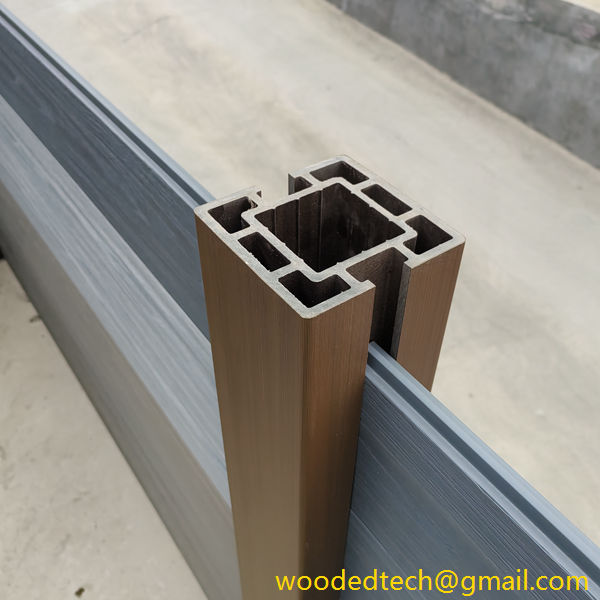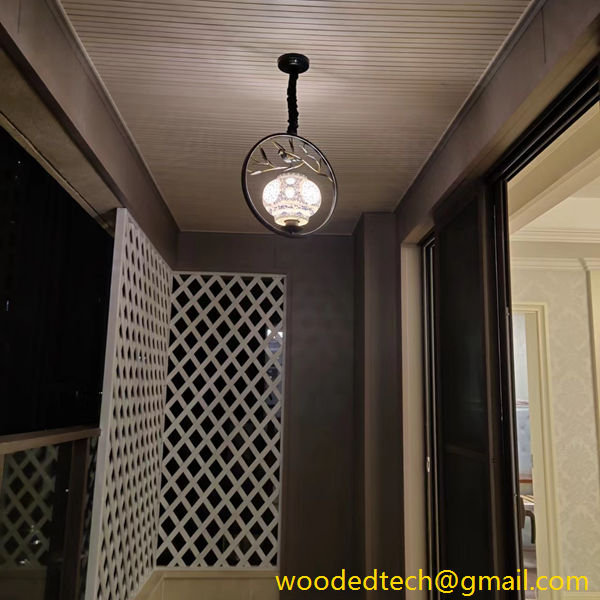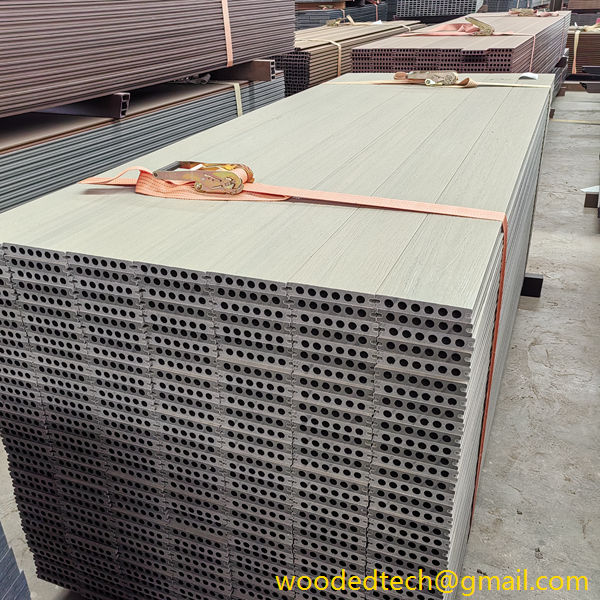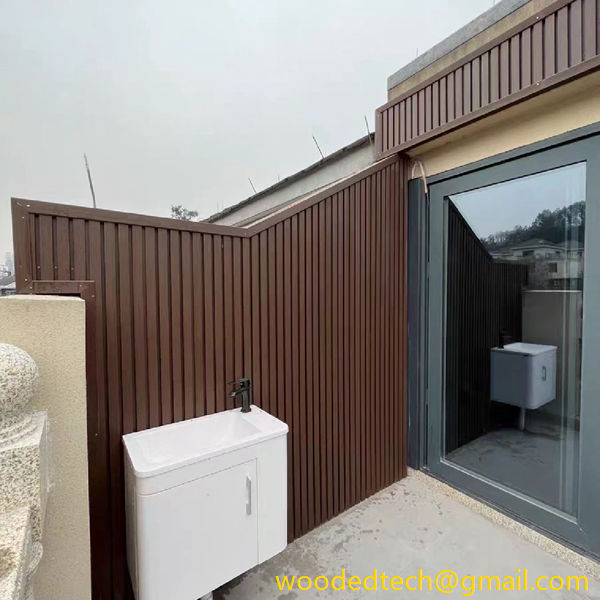Step-by-Step Wood Plastic Composite Flooring Installation for Your Home
Wood plastic composite flooring has become increasingly popular in recent years due to its unique blend of aesthetics and functionality. This type of flooring is composed of a mixture of wood fibers and plastic, which provides a durable and visually appealing surface. The advantages of wood plastic composite flooring include its resistance to moisture, ease of maintenance, and the fact that it is often more affordable than traditional hardwood flooring. If you are considering installing this type of flooring in your home, a step-by-step guide can help simplify the process and ensure a successful outcome.
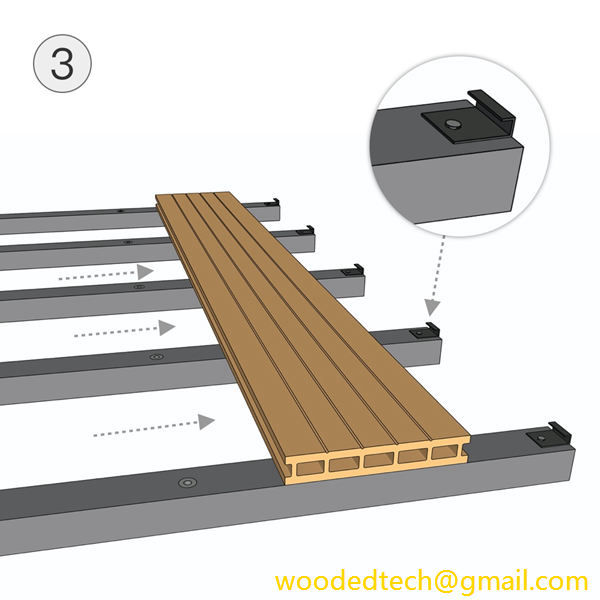
Before you begin the installation, it is essential to gather all the necessary materials and tools. You will need wood plastic composite planks, an underlayment or moisture barrier, a saw for cutting the planks, spacers to maintain gaps for expansion, a tapping block, a pull bar, and a rubber mallet. Having these items ready will streamline the installation process and prevent interruptions.
The first step in the installation process is to prepare the subfloor. Ensure that the surface is clean, dry, and level. If you are working with a concrete subfloor, it is crucial to check for moisture issues, as excessive humidity can lead to problems with wood plastic composite flooring in the long run. If necessary, use a leveling compound to address any uneven spots. In the case of wooden subfloors, make sure any loose boards are secured and that the surface is thoroughly cleaned.
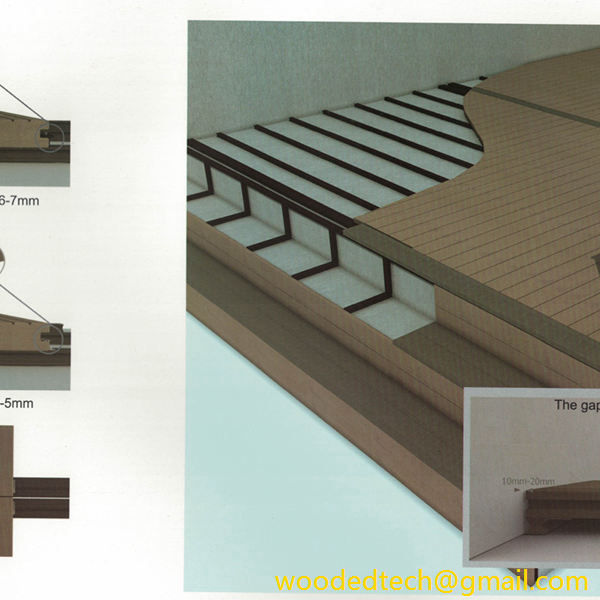
Once the subfloor is ready, the next step is to lay down the underlayment or moisture barrier. This layer serves as a protective cushion and helps absorb sound while preventing moisture from the subfloor from seeping into the wood plastic composite planks. Roll out the underlayment across the entire area where you will be installing the flooring, ensuring that there are no gaps. Overlap the seams and tape them down to create a seamless barrier.
With the underlayment in place, you can now start laying the wood plastic composite planks. Begin in one corner of the room, placing the first plank against the wall. It is essential to leave a gap of about one-quarter inch between the plank and the wall to allow for expansion. Use spacers to maintain this gap as you work your way across the room. As you lay each plank, ensure that the tongue and groove edges fit snugly together.
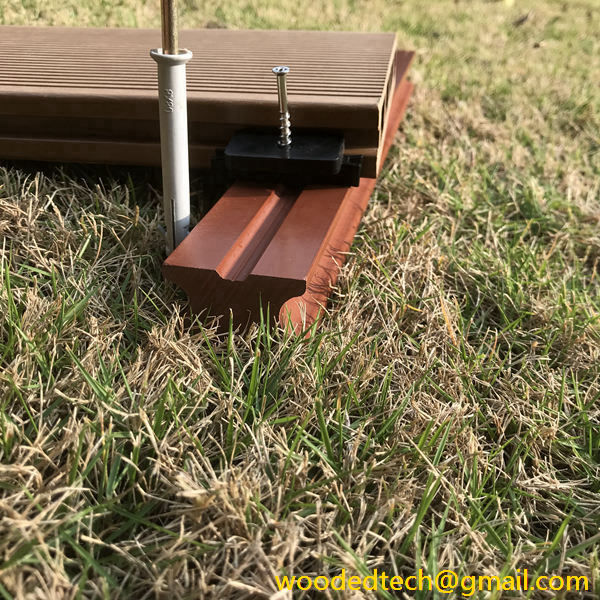
As you continue installing the planks, you may need to cut some to fit around corners or obstacles. Measure the space carefully and use a saw to make precise cuts. Always wear appropriate safety gear, such as goggles and a dust mask, when cutting materials. If you encounter a plank that does not fit properly, use the tapping block and rubber mallet to gently persuade it into place without damaging the edges.
When you reach the last row of planks, you may find that you need to cut them to fit. Measure the remaining space accurately and make your cuts accordingly. Use the pull bar to help lock the final planks into place, ensuring they fit snugly against the previous row.
Once all the planks are installed, it is time to remove the spacers and install baseboards or trim around the perimeter of the room. These finishing touches not only enhance the appearance of the flooring but also cover the expansion gaps left earlier. Use finishing nails or adhesive to secure the baseboards in place.
After completing the installation, it is essential to clean the new floor properly. Sweep or vacuum to remove any dust and debris, and then mop the surface with a damp cloth to eliminate any residue left from the installation process. It is advisable to avoid using excessive water, as this could damage the wood plastic composite material.
Wood plastic composite flooring is designed for durability and ease of maintenance, making it an excellent choice for any home. Regular cleaning and occasional maintenance will help preserve its appearance and longevity. Avoid using harsh chemicals and instead stick to mild detergents and warm water for cleaning.
In conclusion, installing wood plastic composite flooring can be a rewarding project that enhances the beauty and functionality of your home. By following these step-by-step instructions, you can achieve a professional-looking installation that showcases the advantages of this innovative flooring material. With its resistance to moisture and ease of care, wood plastic composite flooring can provide a long-lasting solution that meets both aesthetic and practical needs in any residential setting. Enjoy the benefits of your new flooring and the enhanced comfort it brings to your living space.

